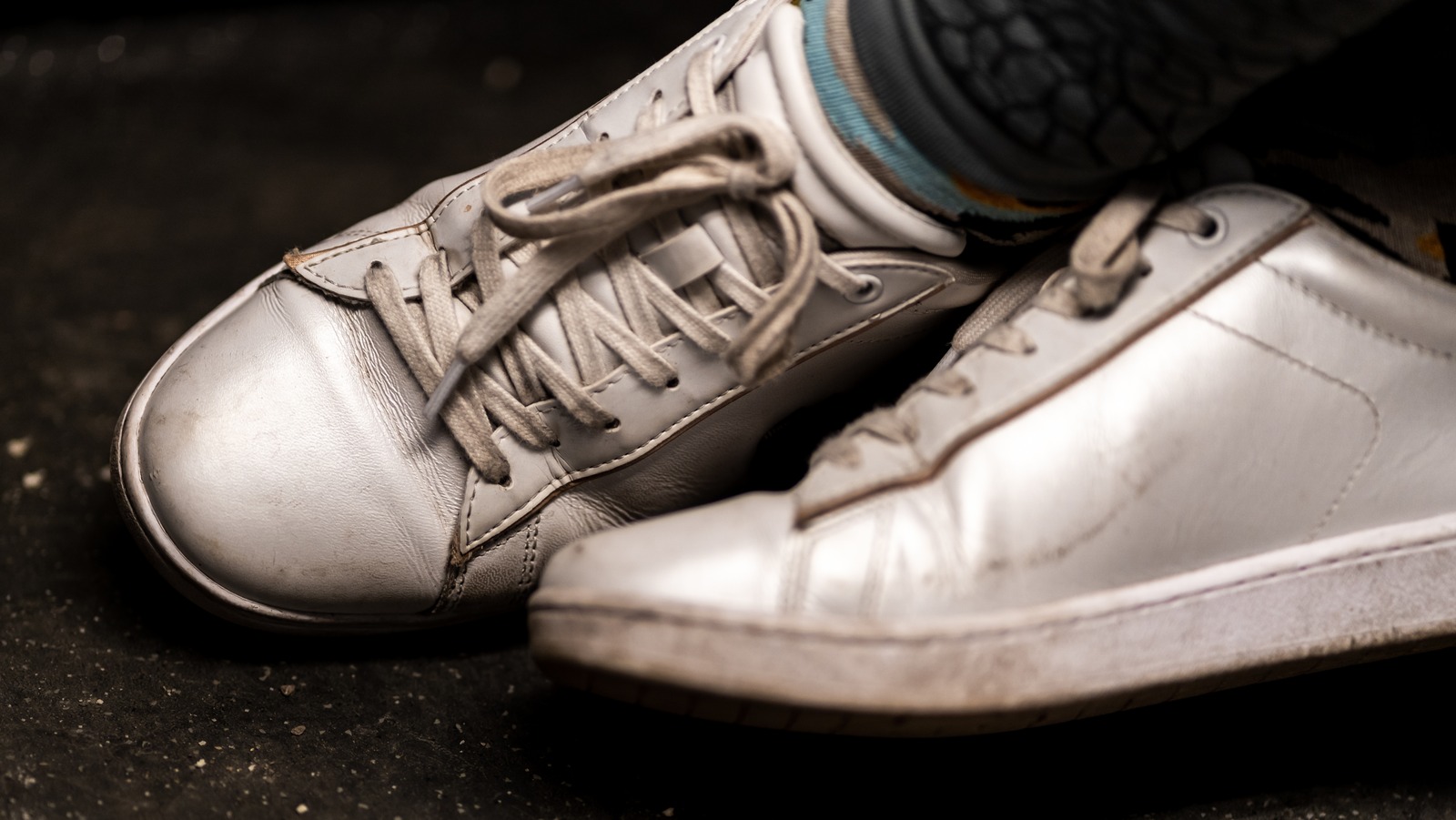For this year’s Design 50 list, we organize everyone by category.
Here are those who shape Chicago’s Home and Interior.
Nicole Alexander/Photo: Joseph A. Mietus
Nicole Alexander
Nicole Alexander, the visionary behind Siren Betty Design, has established her firm as a leader in Chicago’s hospitality design. Her recent projects showcase a diverse range of styles and concepts: from the chic Gemini Grill in the luxury One Chicago residential tower and Brasero, a live-fire Brazilian-inspired restaurant in West Town by Chef John Manion, to Common Decency, a “Miami Vice”-inspired bar in Logan Square. Good Chaos, an office-space project, was brought to life through collaborations with nearly one-hundred local artists and craftspeople, predominantly women, BIPOC or from the LGBTQ+ community. Under Alexander’s leadership, Siren Betty has been certified by the Women’s Business Enterprise National Council and recognized by the American Institute of Architects, the Restaurant & Bar Design Awards, Restaurant Development + Design Magazine and the Muse Awards. Besides her design work, Alexander hosts life-drawing events—artists sketching a nude model—that benefit the Little City Foundation, having raised thousands of dollars for the cause. She finds inspiration in travel, art and fashion, continually fueled by new encounters and perspectives. (Vasia Rigou)
Zac Bitner/Photo: Joseph A. Mietus
Zac Bitner
With roots in a family-owned statuary business, Zac Bitner developed with Zachary A an appreciation for the old-world techniques of fiberglass molded statues, and applied it to developing his signature lightweight outdoor furniture that looks just like concrete. Sometimes experimental and always fashionable, Bitner’s designs are functional art. Drawing inspiration from brutalist design, Charles and Ray Eames, and even crumpled-paper drawings, the modular and standalone pieces are found at Cerise, the rooftop bar at the Virgin Hotel in Chicago, private residences and commercial spaces worldwide. (Laura Botham)
Karen Herold/Photo: Joseph A. Mietus
Karen Herold
Dynamic and timeless perspective are the key ingredients to successful interiors according to Amsterdam native and twenty-five-year Chicagoan Karen Herold, founder and principal of Studio K. From ski resorts to intimate dining experiences, her belief is that a warm and playful environment not only feels good, but encourages people to return again and again. While working at 555 International, Herold designed one of Chicago’s most-loved restaurants, Girl & the Goat. Since founding Studio K in 2014, she has expanded her purview into wellness and housing, including the first Nobu Hotel and restaurant in Chicago, and fostering a loyal following for her bespoke interiors from Sterling Bay and the Chicago Cubs, establishing herself as a powerhouse in the industry. (Laura Botham)
Hyun Jung Jun/Photo: Joseph A. Mietus
Hyun Jung Jun
I don’t know if cake makes the world go round, but in Hyun Jung Jun’s case, cake is a whole world. Whimsical, fantastical and downright delicious, the South Korea-born, Chicago-based artist has elevated baking into an art form. Her Dream Cake Test Kitchen project, one that started during the pandemic, has taken off, attracting cake lovers far and wide. Jun, formally trained as an artist, integrates everyday materials like candles, wood, linen and most recently, food, into her work. As for the cakes: she is a self-taught baker who didn’t even practice that much before discovering her newfound skills. Pistachios, dates, carrot, turmeric and Chinese spice are all fair game. “My current obsession is making origami and jam and preserves,” she says, giddily. “I’ve been making origami since last December as an activity I can do anywhere with just a piece of paper. I love learning new shapes and making them from memory. I am very excited because summer is around the corner and there will be fresh produce from local farms. Can’t wait to experiment with more flavor combinations,” she says. “Also very into making light, refreshing non-alcoholic drinks. One of my favorites from last summer is aronia honey that I made to make tasty drinks with, and this week I made rhubarb strawberry bay leaf refresher from scratch. Just a hint of sweetness and very refreshing with some ice cubes.” With more pop-ups in the works—”I don’t have a storefront,” she reminds me—and a culinary residency at Ox-Bow School of Art in Saugatuck, Michigan this summer, Jun has a lot underway. (Vasia Rigou)
Emma McKee/Photo: Joseph A. Mietus
Emma McKee
Emma McKee isn’t your average cross-stitcher. Redefining cross-stitching within Chicago’s hip-hop community, the Kansas City native was introduced to the craft by her British mother. There was only one problem: McKee found traditional stitching too old-fashioned—until she gave it an unexpected spin. In 2014, she made her first piece: An adaptation of Will Prince’s artwork for Chance the Rapper’s song “Hey Ma.” Another for street artist JC Rivera, Chicago’s “Bear Champ,” followed. Her portfolio exploded, sparking collaborations with prominent artists like Kendrick Lamar and SZA, solidifying her as the premier hip-hop cross-stitcher. Stitch Gawd was born. A decade later, her work extends beyond personal projects to high-profile commissions, including a unique piece for Chicago Bulls’ Zach LaVine and an expansive collection for WNBA stars. “This year, I’m working on scaling up my projects—basically see how big I can take cross stitch. I’ve done large-scale pieces [ten to twenty feet] before, like the Graduate Hotel and Adidas, but now I want to go even bigger!” McKee recently finished a three-month upcycling course with Kenwood Academy teens. “It combines my two favorite things, basketball and community,” she says. “As someone who tells Chicago’s stories, I see reinvesting in the community—particularly through youth engagement—as a major part of my responsibility.” (Vasia Rigou)
John Caleb Pendleton/Photo: Joseph A. Mietus
John Caleb Pendleton
I first encountered John Caleb Pendleton’s work at the Driehaus Museum’s “Glass to Garden: Tiffany Inspired Floral Designs,” an unexpected exhibition that juxtaposed historic Tiffany masterpieces with contemporary floral installations from four local designers. Pendleton’s dreamscape was ethereal and captivating. Originally from Grove Hill, Alabama, Pendleton’s love for woodworking and flowers began with his parents. These childhood experiences, combined with the simple, loving gesture of arranging flowers for his wife, evolved into a refined skill, propelling him to establish his own design studio. “Planks & Pistils exists to design high-quality floral art that evokes a social and emotional connection to Black freedom, creativity, self-care and growth,” he says, explaining that “Planks” honors his woodworker father who he shadowed in the wood shop and “Pistils” (the female reproductive organ of the flower) honors his mother, whose orange rose bush he watered. His work has gathered national recognition, awards, and many happy clients, while he still does what he does best: weaving his soul and heritage into every flower arrangement. (Vasia Rigou)
David Salkin (Salkin designed the wayfinding signage, seen here, for Carman Hall at IIT) /Photo: Joseph A. Mietus
David Salkin
David Salkin is officially trained in architecture—his primary practice involves manipulating plans and grids to form patterns and images that act as prototypes for new urban formations. In essence, he is translating grand urban patterns into materials suited for domestic life. But his work extends well beyond that. His custom projects often consider the richness of the world around us to include a myriad of themes and patterns: from bespoke hand-dyed and hand-knotted rugs crafted with Nepalese master-weavers using materials like wool, silk, hemp, mohair and cactus to expansive surface-design projects that include custom commercial rugs, wall-coverings and pattern installations, as well as a broad portfolio that includes event design, space planning, graphic design, signage and interior branding. His versatile approach integrates architectural principles with textile innovations across his most recent projects, including quilt blocks for bedding, ambient wall projections, and paving patterns for public parks. Salkin’s West Town studio not only hosts and curates an eclectic exhibition program but also serves as a creative hub. “I’ve been enjoying producing niche archival exhibits and collaborating with conceptual artists,” says Salkin, who presented his own work for the first time in the space last November—a significant milestone, offering a look into his creative process. (Vasia Rigou)
Dan Sullivan/Photo: Joseph A. Mietus
Dan Sullivan
and
Dan Sullivan moved to Chicago in the mid-1990s to play music. He soon discovered his talent in the trades, mastering skills in trim carpentry, remodeling, furniture and cabinet construction, alongside preparator work in museums and galleries. He launched Navillus Woodworks around 2007 and co-founded the Dock 6 Collective, initially focusing on residential and commercial millwork and furniture. His craft took a creative turn as he began building sculptures for his wife, conceptual artist Edra Soto. Today, Navillus’ public-facing projects, which include work for food halls and restaurants, permanent outdoor sculptures, and museum pieces, can be found across the country. In fact, you’ve probably seen it—whether it’s the bars he designed and built at Chicago’s Salt Shed music venue (in collaboration with Dock 6 partner Zak Rose), in the artist installations at the remodeled O’Hare Terminal 5, or on TV: he provided in-house designed furniture for the Chicago-set “The Bear.” Up next: He’s renovating the Art Institute’s Design and Architecture Gallery (with Norman Kelley), creating a sculpture for Central Park in New York for Soto, and fulfilling a commission for a large-scale sculpture in UIC’s forthcoming computer science building, also in collaboration with Soto. Combining his passions for music and fabrication, Sullivan designs and builds electric guitars with Navillus team member Wyatt Mitchell. You can catch his bands, Arriver and NadNavillus, rocking out in bars across Chicago. (Vasia Rigou)
Aimee Wertepny/Photo: Joseph A. Mietus
Aimee Wertepny
Aimee Wertepny of the West Town-based Project interior-design studio is known for her luxe and globally inspired designs that layer moody textures and tones to produce an anchored yet airy aesthetic. She weaves a variety of materials together—think reflective surfaces, rich leathers and playful lighting—in a way that serves up drama and intrigue. Aimee’s award-winning designs can be found in some of the most stylish commercial and home interiors, not only in Chicago, but worldwide, and her impact can be felt beyond the effortlessly cool style that she brings to design. Aimee and team Project are dedicated to giving back, whether it’s through mentorship or helping to build schools in Nicaragua and Nepal, and partnering with programs that provide charitable impacts globally, ultimately fusing design with humanity. (Laura Botham)
Hazel Bevins and Halie Zulch/Photo: Joseph A. Mietus
Hazel Bevins and Halie Zulch
“We help placemakers invest in strategic thinking, scale brand story, and elevate human experiences, all within spaces that look pretty damn good,” say Hazel Bevins and Halie Zulch of INT.D, a multidisciplinary design studio specializing in interior architecture and brand storytelling. For them, the interior is a tool—not the end goal—designed to foster activities, elevate daily experiences, and reflect local communities. They believe that effective interior design transcends beauty—it influences perception, interaction and emotion. At the heart of their mission is human-oriented placemaking, aimed at improving how people work and live by integrating principles of behavioral science and environmental psychology. “We call this approach Science Art,” they say. Designing diverse spaces from airport lounges to retail stores, restaurants, hotels and residential complexes—recent projects include a multifamily development in Maine, an artist incubator in Montana and a sports club in Lincoln Park—INT.D is on the rise. “Our future plans are as multifaceted as our studio,” say the founders. “We have our eyes set on raising the bar not only in spatial experience design but in brand, education and creative collaborations. We want a hand in each part and piece of placemaking—after all, interior design is about so much more than choosing furniture. In fact, it is our mission to change this perception. Good interiors go beyond the way things look. They prioritize the human experience. They are the right tool for the right needs. Design without this type of thinking—without Science Art—is just a pretty picture.” (Vasia Rigou)
The Hall of Fame: Home/Interior
Felicia Ferrone
fferrone design
Petra Bachmaier and Sean Gallero
Luftwerk Studio
Kara Mann
Kara Mann Interior Design
Norman Teague
Norman Teague Design Studios
Alberto Vélez
Refractory

